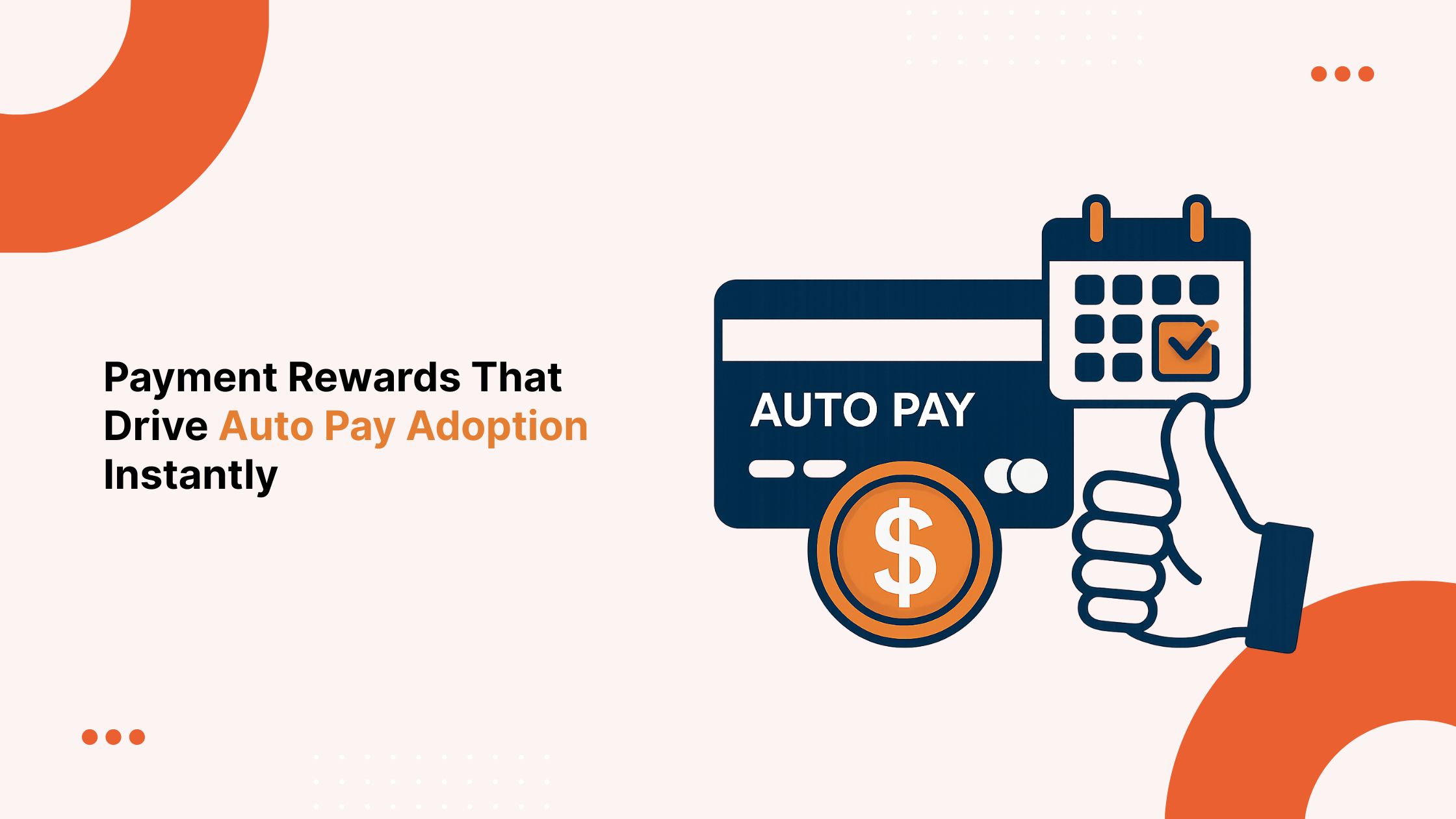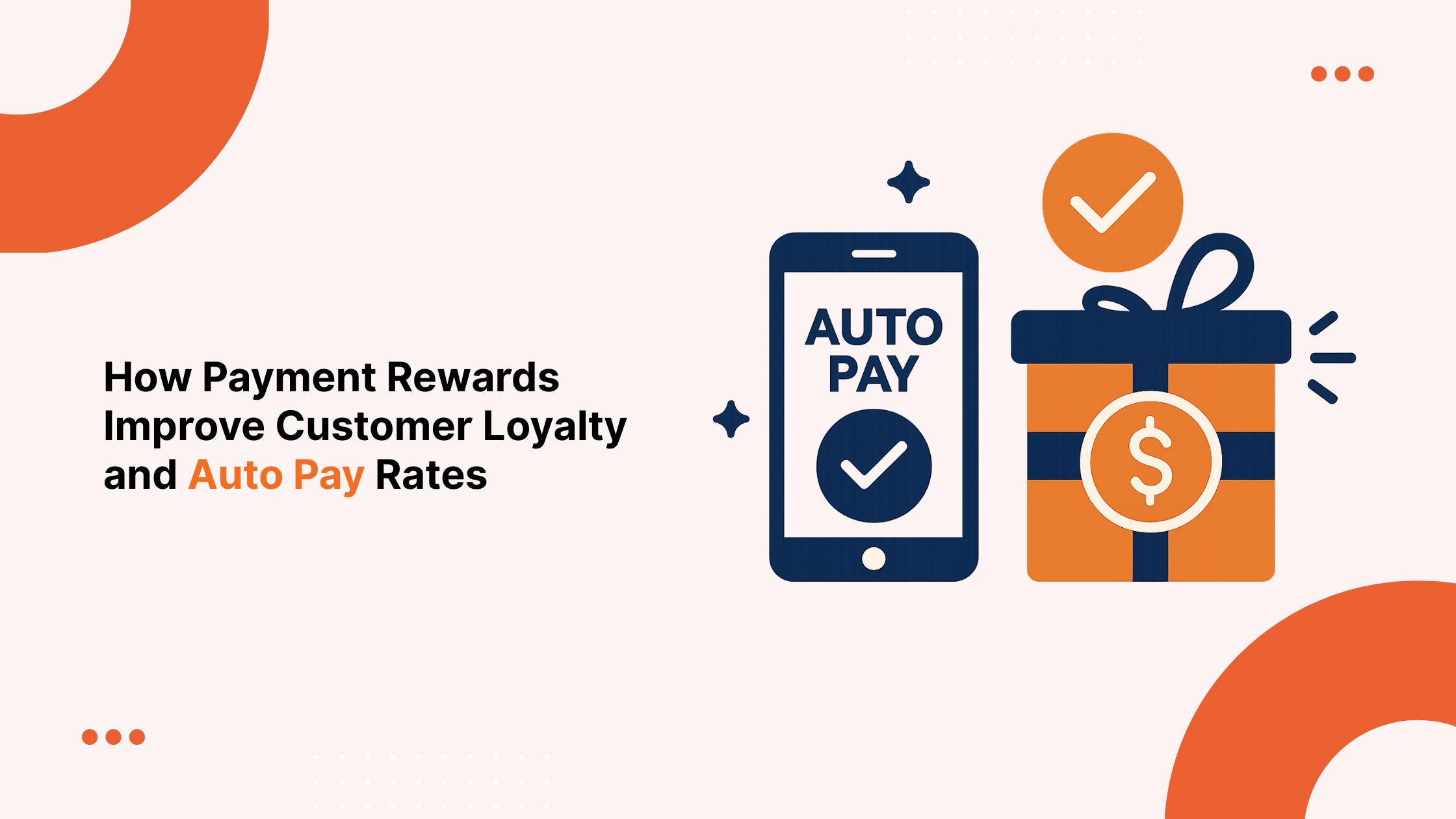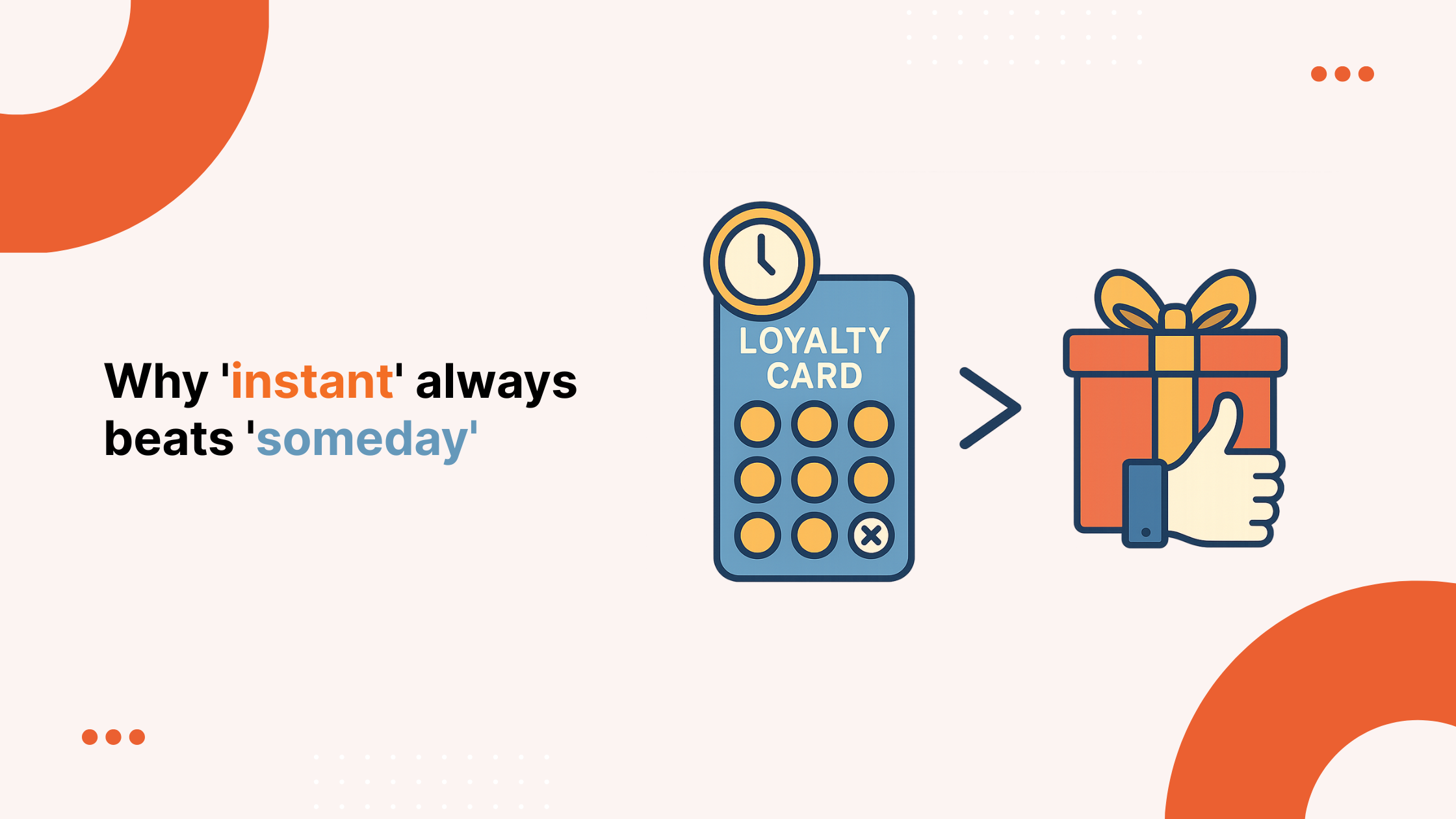Customer rewards
There are thousands of ways to reward and thank your customers. Find resources here for where to start, what to offer, and ways to leverage perks to build loyalty.

Customer rewards aren't always point based
After all, only 37% of consumers say that points can influence their loyalty (KPMG). Only 42% of consumers make purchases that earn rewards or benefits at least several times a week, reflecting a sentiment that 69% of Millennials share: loyalty programs are difficult to join and earn rewards. In our guides about customer rewards, we dive into the perks landscape and explore ways to reward customers that go beyond traditional point-based programs.
Latest

Customer Loyalty Software: The Complete Guide to Retaining Customers
Customer loyalty software helps businesses retain customers, increase lifetime value, and boost revenue. Unlike traditional rewards programs, it offers personalization, automation, and real-time analytics. By choosing the right platform, businesses can improve CX, reduce churn, and achieve measurable ROI across industries like telecom, real estate, financial services, and digital health.

Loyalty platforms: a complete guide to boosting customer retention
Loyalty platforms help businesses retain customers by offering personalized rewards, seamless integrations, and real-time analytics. This guide explores their benefits, features, and industry use cases in telecom, financial services, real estate, and digital health—equipping decision-makers with strategies to boost retention, customer lifetime value, and long-term growth.

Payment rewards that drive auto pay adoption instantly
Instant payment rewards are changing how businesses boost autopay adoption. This blog explores the psychology behind immediate incentives, shows how they outperform traditional points systems, and highlights industry-specific benefits. Learn why speed, simplicity, and context in rewards drive stronger customer loyalty and more consistent billing behavior.

How payment rewards improve customer loyalty and auto pay rates
Payment rewards improve customer loyalty and autopay rates by offering instant value, encouraging consistent behavior, and simplifying the billing experience. By aligning incentives with user actions like paperless billing or onboarding, brands boost engagement, reduce churn, and increase lifetime value—especially when rewards are personalized and easy to redeem.

Boost Automatic Payments with Instant, No-Points Rewards
Ditch the points and coins—instant perks are changing how brands boost autopay adoption. This blog explores why real-time, no-points incentives work better than traditional rewards, backed by behavioral science and real-world results. Learn how Paylode’s perks and Boost engine drive faster conversions, increase retention, and reduce billing friction across industries. Ready to turn autopay into a growth lever? Start with smarter, simpler rewards.

Loyalty rewards vs points: what works better?
Traditional point-based loyalty programs often fall short in today’s fast-moving, customer-first world. This blog explores why real-time loyalty rewards deliver better results—driving higher engagement, satisfaction, and retention. Learn how switching from points to instant, personalized rewards can simplify your loyalty strategy and give customers the value they truly want. Whether you're in telecom, real estate, or financial services, discover how Paylode helps you create a smarter, more effective loyalty experience.
.jpg)
Points-based loyalty program vs. Perks-based loyalty program
Traditional points-based loyalty programs are losing effectiveness as customers seek immediate, personalized value. Perks-based loyalty programs provide a smarter, more engaging alternative by offering real benefits without the hassle of tracking points. With solutions like Paylode’s Perks and Boost, businesses can enhance customer satisfaction, retention, and ROI while staying competitive in the evolving loyalty landscape.
How Perks Can Increase Direct Bookings for Budget Hotels
Learn how budget hotels can increase direct bookings by offering perks and exclusive incentives. Discover how Paylode’s platform helps hotels create personalized, automated perk programs that boost guest loyalty and drive revenue.

Key Guidelines for NAIC-Compliant Reward Programs
Learn how to design NAIC-compliant insurance reward programs that foster customer loyalty, improve engagement, and adhere to regulatory guidelines. Discover how Paylode helps insurers automate compliant perk delivery and boost policyholder satisfaction.
There's countless ways to design your rewards program
Here are the types we know about. Overall, most programs will utilize a combination of points, perks, cash back, or rebates as the rewards currency. Choose which levers make the most sense for your business depends a lot on what the competitors in your industry are doing, and how you can serve customers better and faster with your program.
- Points programs: Customers earn points based on dollars spent and frequency of purchases which are redeemable for free products, gift cards, or other rewards. Commonly used in aviation, hospitality, retail, and financial industries.
- Cash back programs: Customers earn a percentage of cash back on spending which comes in the form of statement credit, check, or gift card from the company. Often used in credit cards, online services, and consumer banking industries.
- Loyalty programs: Brands provide exclusive perks, privileged services, and special sales to their most loyal and high-value customers to maintain engagement. Used in hotel, specialty retail, and grocery store industries.
- Tiered programs: Companies provide increasing benefits and higher redemption rates as customers reach new tiers through higher spending over time to incentivize loyalty. Airlines, luxury retailers, and specialty membership organizations utilize these types of programs.
- Referral programs: Businesses reward existing customers for referring their friends and family to open new accounts; benefits come in cash, points, or gifts for both referrer and referee. Technology companies, financial institutions, and healthcare networks leverage these programs.
- VIP programs: Providing privileged access to high-revenue customers with exclusive events, preview sales opportunities, and sneak peeks in advance of other customers. Premium credit card companies, luxury automotive brands, and elite professional services firms provide VIP rewards.
- Rebate programs: Brands provide partial refunds or discounts to customers after initial purchases as purchase incentives. Used often by big box retailers, insurance providers, and travel booking sites.
- Prize draws: Companies automatically enter members into contests to win big ticket merchandise prizes like vacations, transportation, and electronics to build engagement. Used by consumer product brands, entertainment companies, and professional sports teams.
- Discount programs: Brands offer loyal members exclusive sale pricing or members-only discounts to maintain loyalty. Offered by warehouse retailers, specialty dining and fitness concepts, and subscription box startups.
- Donation programs: Appealing to customers with likeminded values can align your brand with those who prefer to spend with likeminded companies.